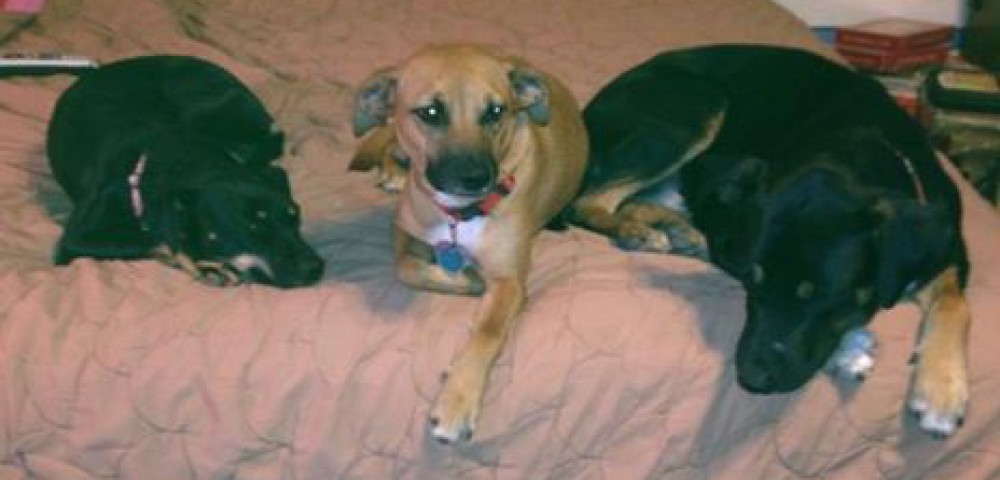Have you ever looked at yourself in the mirror while you are speaking? If you have, then you may have noticed the different facial expressions that you have while you are speaking. Now this sounds like a funny exercise but it really is not. You see a good majority of our communication is made up of non-verbal communication with a very good amount being our facial expressions.
How much of communication is really nonverbal? One of the most frequently quoted statistics on nonverbal communication is the 93% of all daily communication is nonverbal. So where does the number come from? Dr. Albert Mehrabian, author of Silent Messages, conducted several studies on nonverbal communication. He found that 7% of any messages are conveyed through words, 38% through certain vocal elements, and 55% through nonverbal elements (facial expressions, gestures, posture, etc.). Subtracting the 7% for actual vocal content leaves one with the 93% statistic.
Did you know that with our 80 facial muscles we can create more than 7,000 facial expressions. Some facial expressions are similar where ever we are in the world. Our faces can communicate happiness, sadness, anger and fear. Facial expressions fall into two groups intentional and unintentional. Within these is a subgroup of micro-expressions. Those micro-expressions are actually facial markers displayed as momentary expressions that cause changes in the four head, eyebrows, eyelids, cheeks, nose, lips, and chin. An example of this would be raising your eyebrows, wrinkling your brow or curling up your lip.
The six main types of facial expressions that are found in all cultures are listed below:
Happiness: round eyes, smiles, raised cheeks
Disgust: wrinkled nose, lowered eyelids and eyebrow, raised upper lip
Fear: area around eyes, open mouth
Anger: lower eyebrow and stare intensely
Surprise: raised eyebrow, wide open eyes, open mouth
Sadness: area around mouth and eyes
I’m sharing the above information so that you can know that I am the type of person that you pretty much know how I’m feeling or what I am already thinking by my facial expressions. Perfect example, in my previous job at the University of Texas at San Antonio I was a very busy individual. Often times I was called fireman because I was always putting out fires of some sort. Not the blaze burning types of fires, but those types of fires that come up during the day that an administrative support individual is able to put out. If I was deep into a project or assignment from my director or associate director and someone came to my office with a question, a request, or needing help in general I would turn around in my chair and listen but often times my face would show that perhaps I was bothered by the interruption. That was never the case, what was the case is that I am a very serious person when it comes to my job so when these interruptions would happen I would be so deep in thought that it would take a moment or two for me to step out I guess of that thought mode.
The other issue with me is that I wear my heart on my sleeve so there were very few moments that my staff including my director and associate director didn’t know how I was feeling. This often times would get me into trouble because my nonverbal clues specifically facial expressions were expressing things that had nothing to do with the current conversation or situation that was going on. So over the years and especially this last year and a half while I’ve been working on my recovery from alcoholism and cocaine addiction I have been working hard to control those facial expressions. It is hard sometimes to not show how you are feeling through your facial expression but it can be done.
So what do your facial expressions say about your communication style? Until next time, that’s “What’s Rattling My Cage!”

